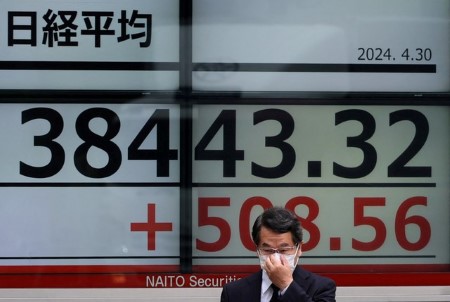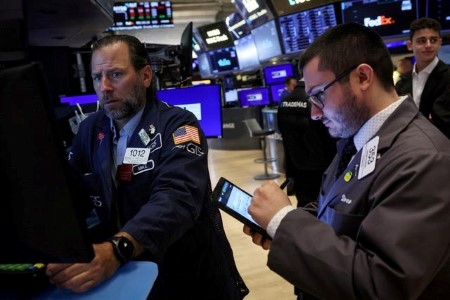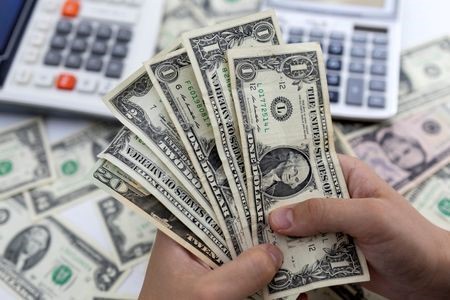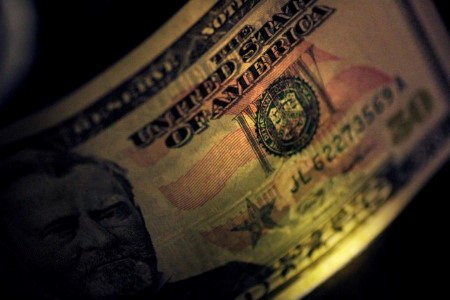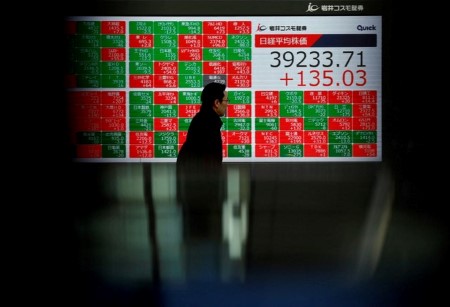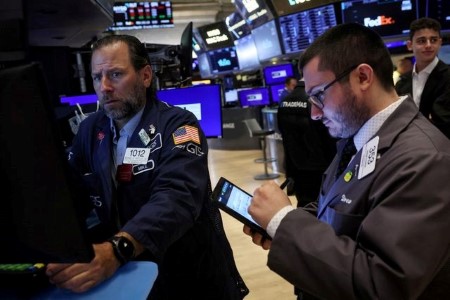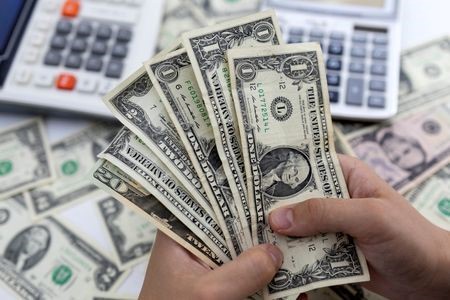Oil prices for Brent crude hit their highest level since April on Thursday, holding above USD 87 after data the previous day showed a decline in US inventories.
Brent crude futures were up 21 cents, or 0.2%, at USD 87.55 a barrel by 1922 GMT. US West Texas Intermediate (WTI) crude futures were up 18 cents at USD 84.06 in trade thinned by the US Independence Day holiday.
In the previous session, Brent gained 1.3% to settle at USD 87.34 for its highest close since April 30. WTI, meanwhile, had settled at an 11-week high of USD 83.88.
Those gains followed a larger-than-expected decline in US crude stocks. The US Energy Information Administration (EIA) reported a 12.2 million draw in inventories. Analysts polled by Reuters had expected a draw of 680,000 barrels.
Traders were also tracking the war in Gaza and elections in France and the United Kingdom, said RBN Energy analyst Martin King.
“Trade is quiet and people are watching the physical market and geopolitical situation,” King said.
Oil prices had earlier dropped by as much as 83 cents, but the dip was expected not to last given dollar weakness and a brighter outlook for US fuel demand after the EIA data, said PVM analyst Tamas Varga.
However, German industrial orders fell unexpectedly in May, adding to signs that a recovery for Europe’s largest economy remains elusive.
Demand concerns were heightened by US data on Wednesday showing that first-time applications for US unemployment benefits increased last week while jobless numbers also rose.
Countering that, weaker economic data could hasten interest rate cuts by the US Federal Reserve, analysts said, which could be supportive for oil markets.
On Thursday, Reuters reported that Russia’s oil producers Rosneft and Lukoil will sharply cut oil exports from the Black Sea port of Novorossiisk in July, according to two sources familiar with a loading plan.
Meanwhile, Saudi Arabia’s Saudi Aramco cut the price for the flagship Arab light crude it will sell to Asia in August to USD 1.80 a barrel above the Oman/Dubai average.
The potential price reduction for Asia, which accounts for about 80% of Saudi’s oil exports, underscores the pressure faced by OPEC producers as non-OPEC supply continues to grow while the global economy faces headwinds.
Swiss bank UBS expects Brent crude to reach USD 90 a barrel this quarter, it said in a note to clients, citing OPEC+ production cuts and projected declines in oil inventories.
(Reporting by Nia Williams in British Columbia, Robert Harvey and Paul Carsten in London, Arunima Kumar in Bengaluru, Katya Golubkova in Tokyo, and Trixie Yap in Singapore; Editing by David Goodman, Emelia Sithole-Matarise, and Matthew Lewis)







 DOWNLOAD
DOWNLOAD





